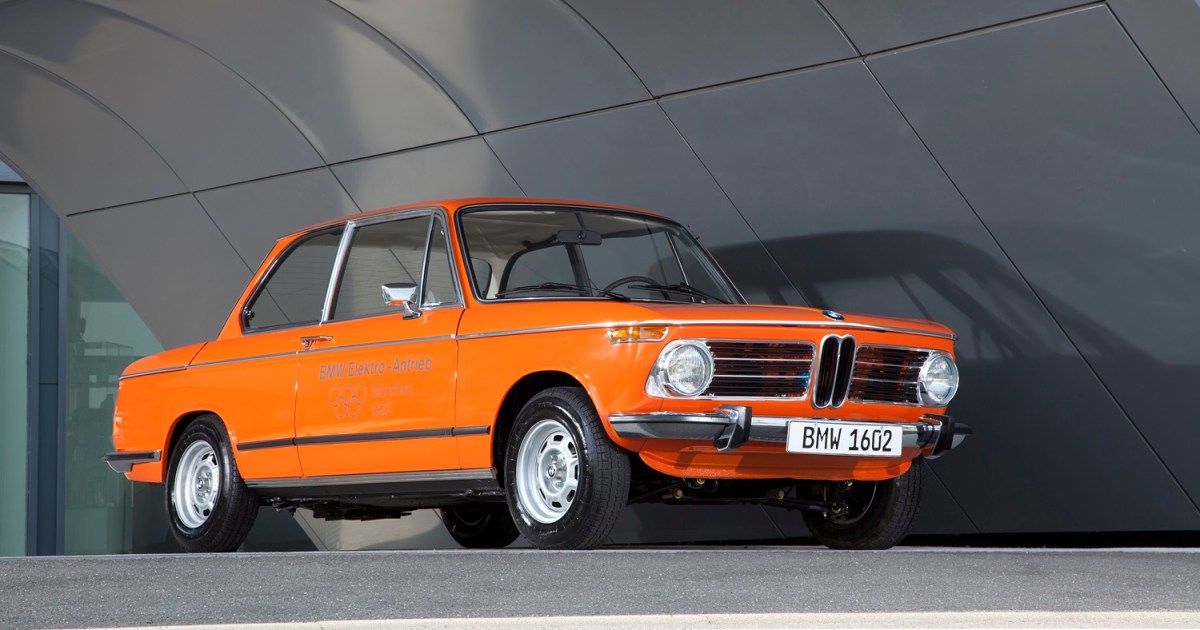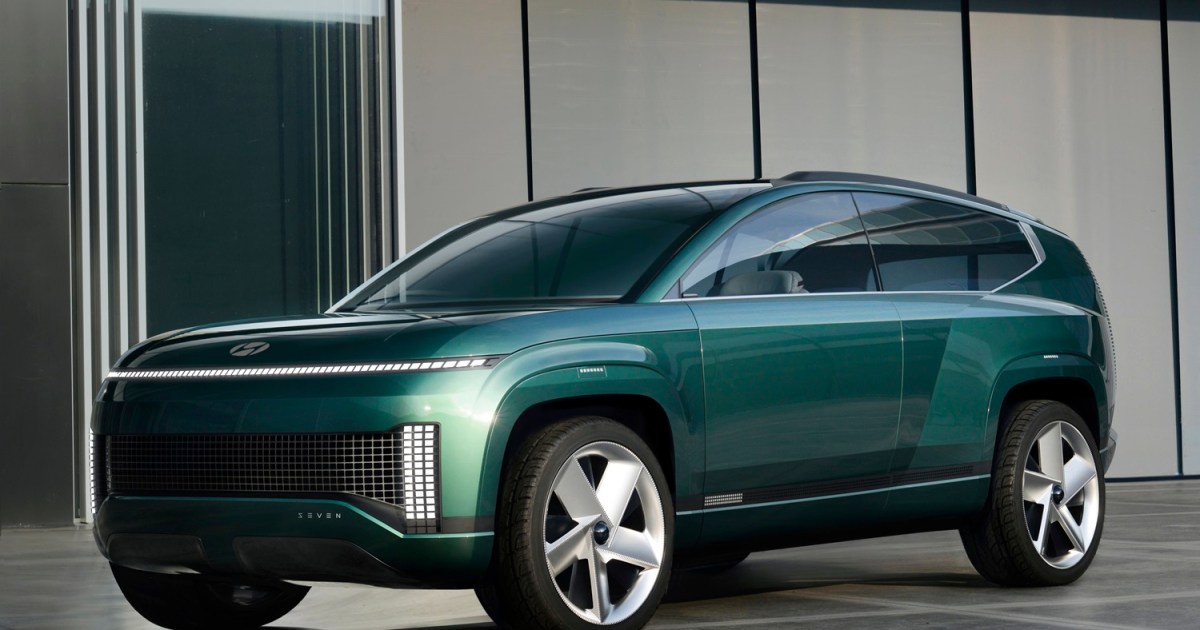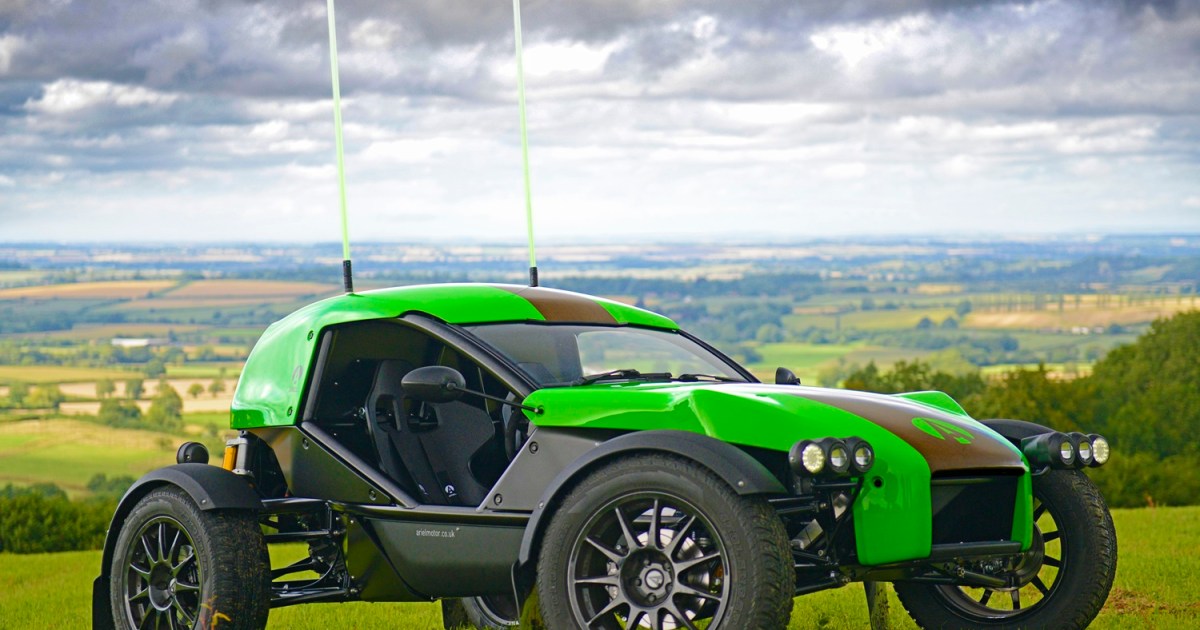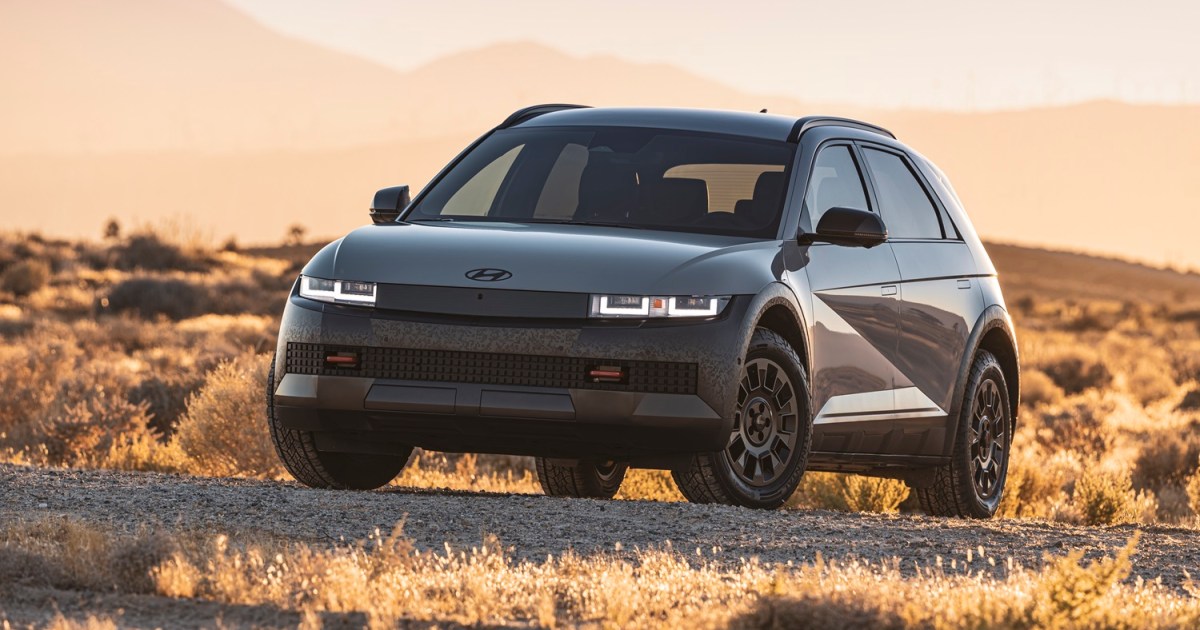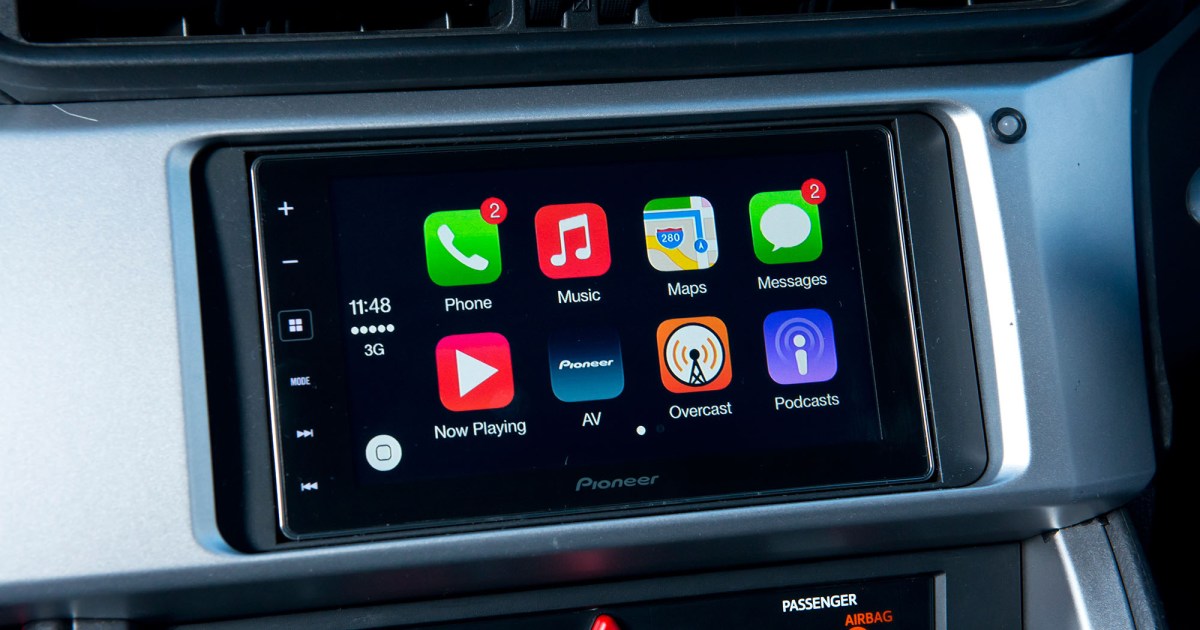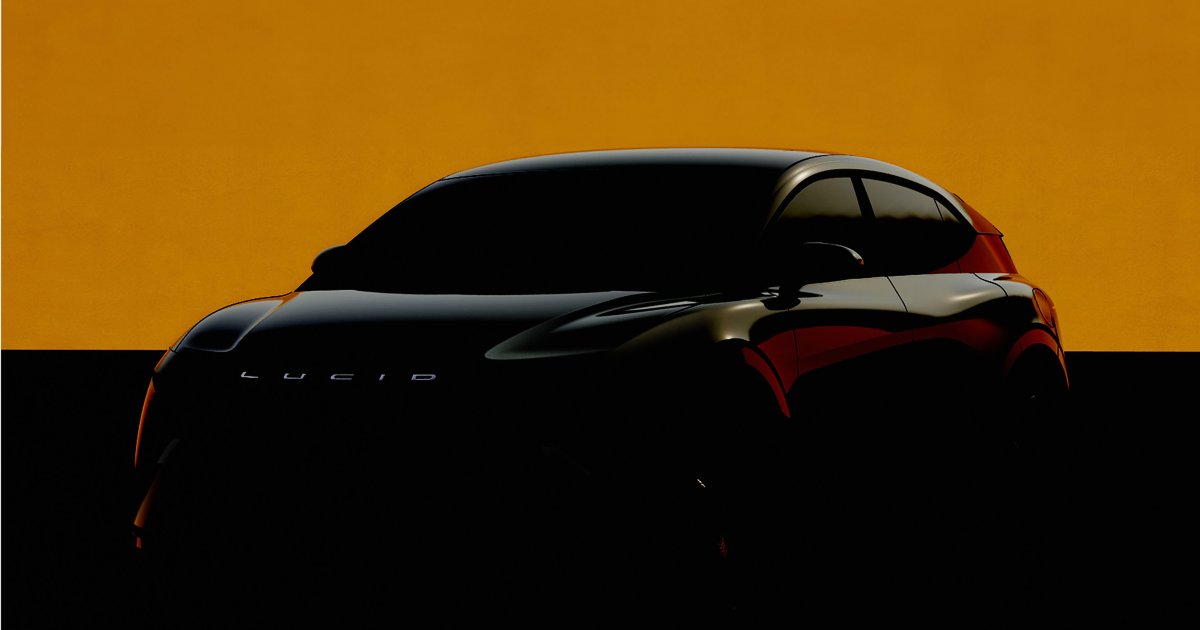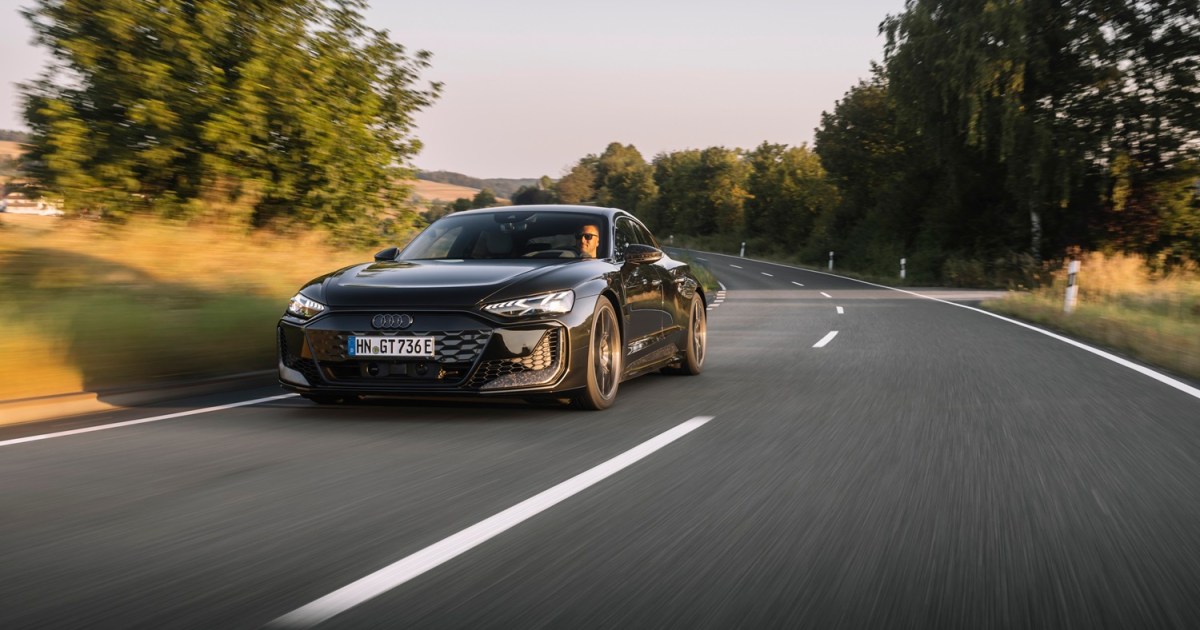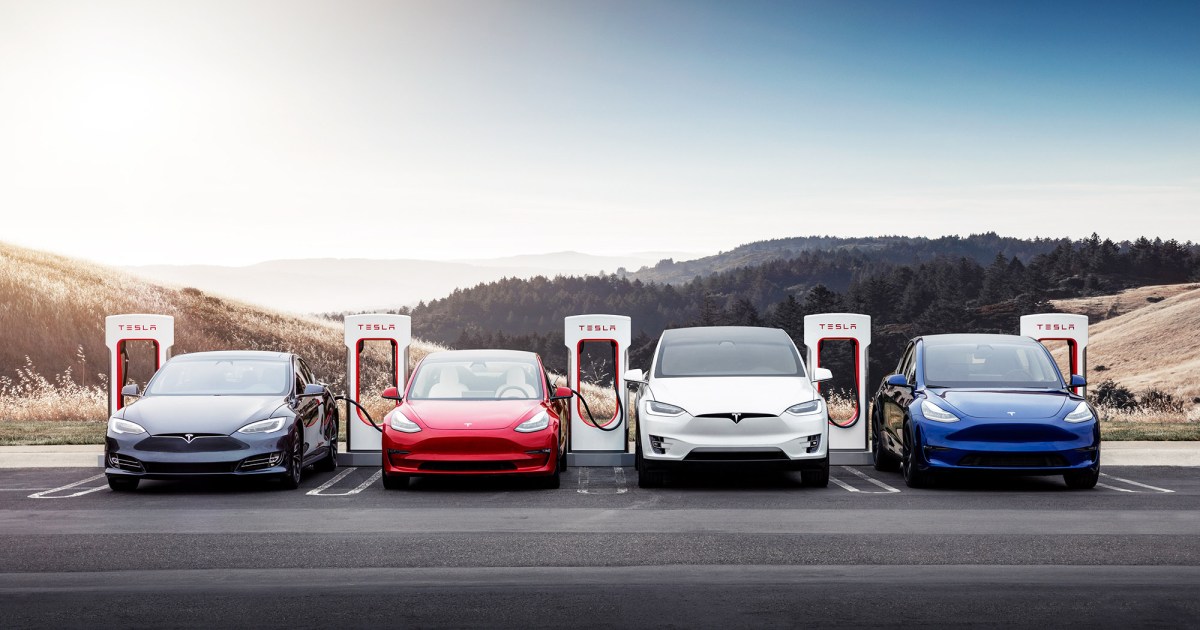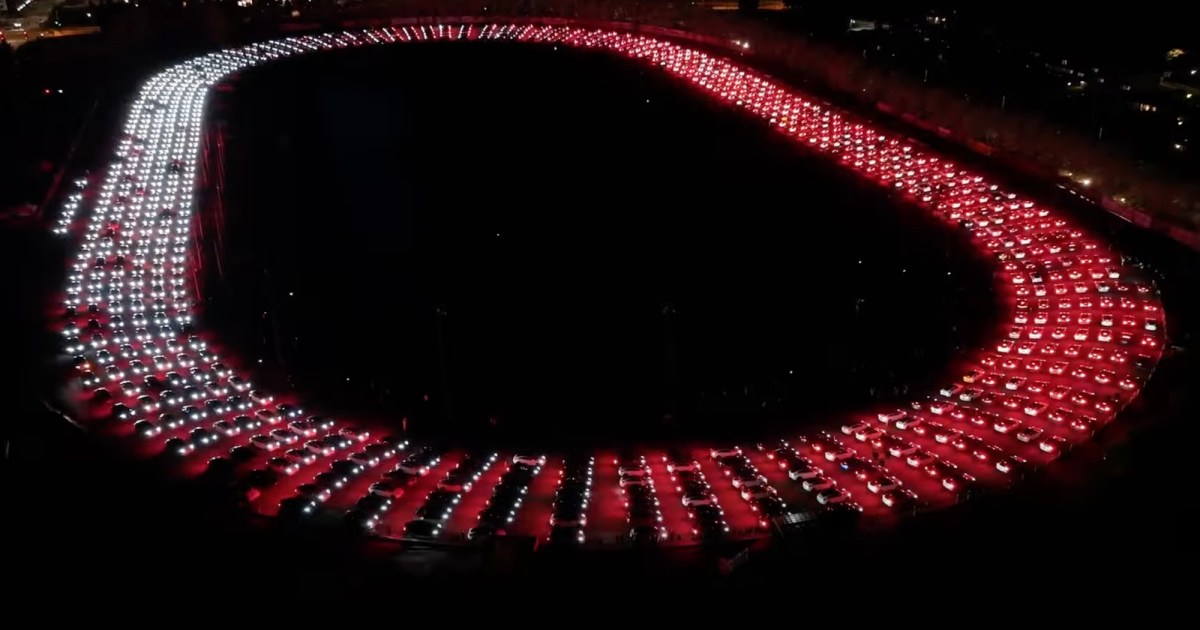In the 1960s, electric vehicles (EVs) were more akin to science fair projects than practical transportation. Investing in electrification seemed illogical. Yet, these early prototypes paved the way for today’s EVs. BMW demonstrated remarkable foresight by developing two electric 1602 models and showcasing them at the 1972 Munich Olympics.
This ambitious project began in 1969. Developing a new electric car from scratch was deemed too expensive. BMW chose the 1602, the predecessor to the 3 Series, as a base. This popular model played a key role in shaping BMW’s image.
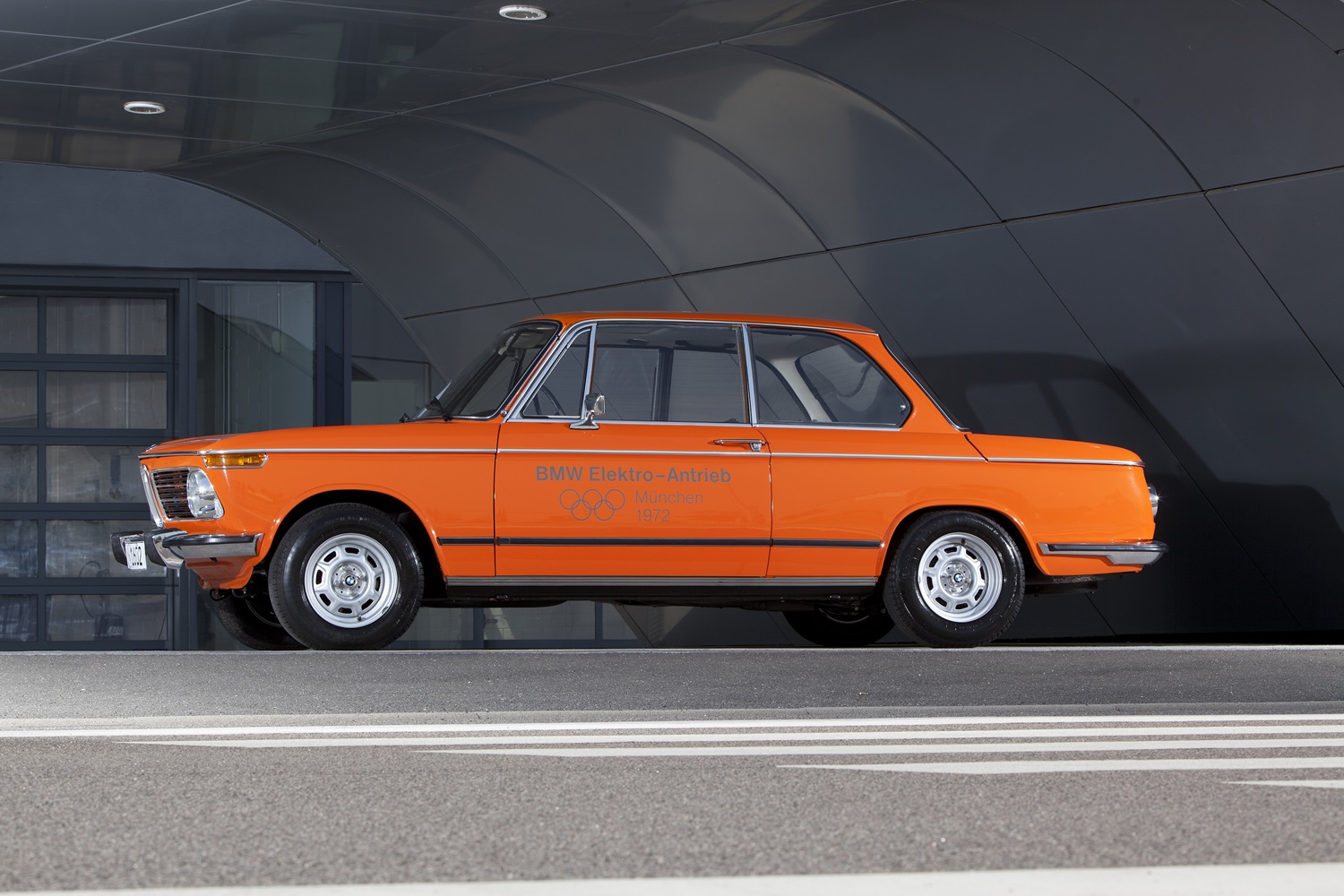 BMW 1602 Electric
BMW 1602 Electric
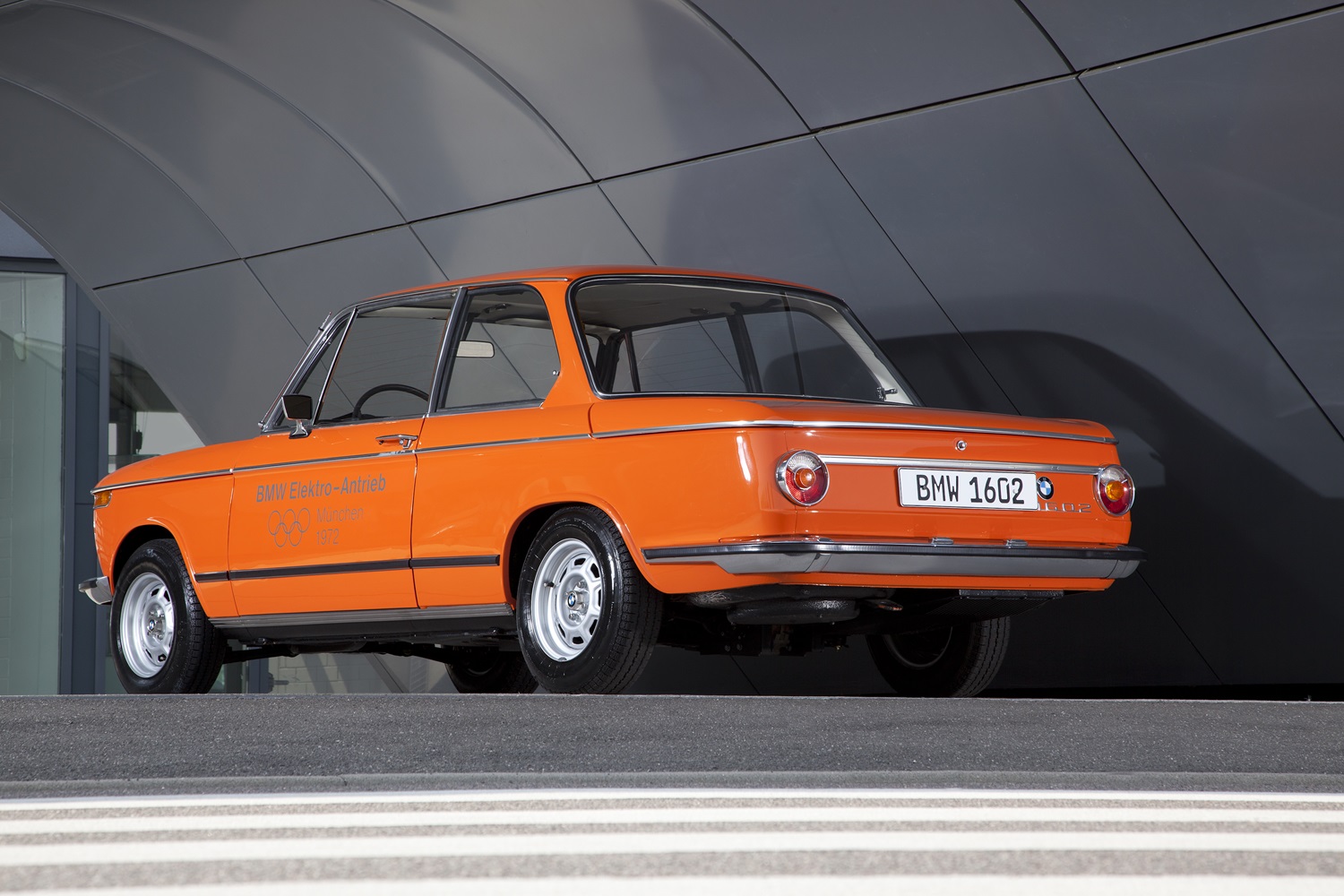 BMW 1602 Electric
BMW 1602 Electric
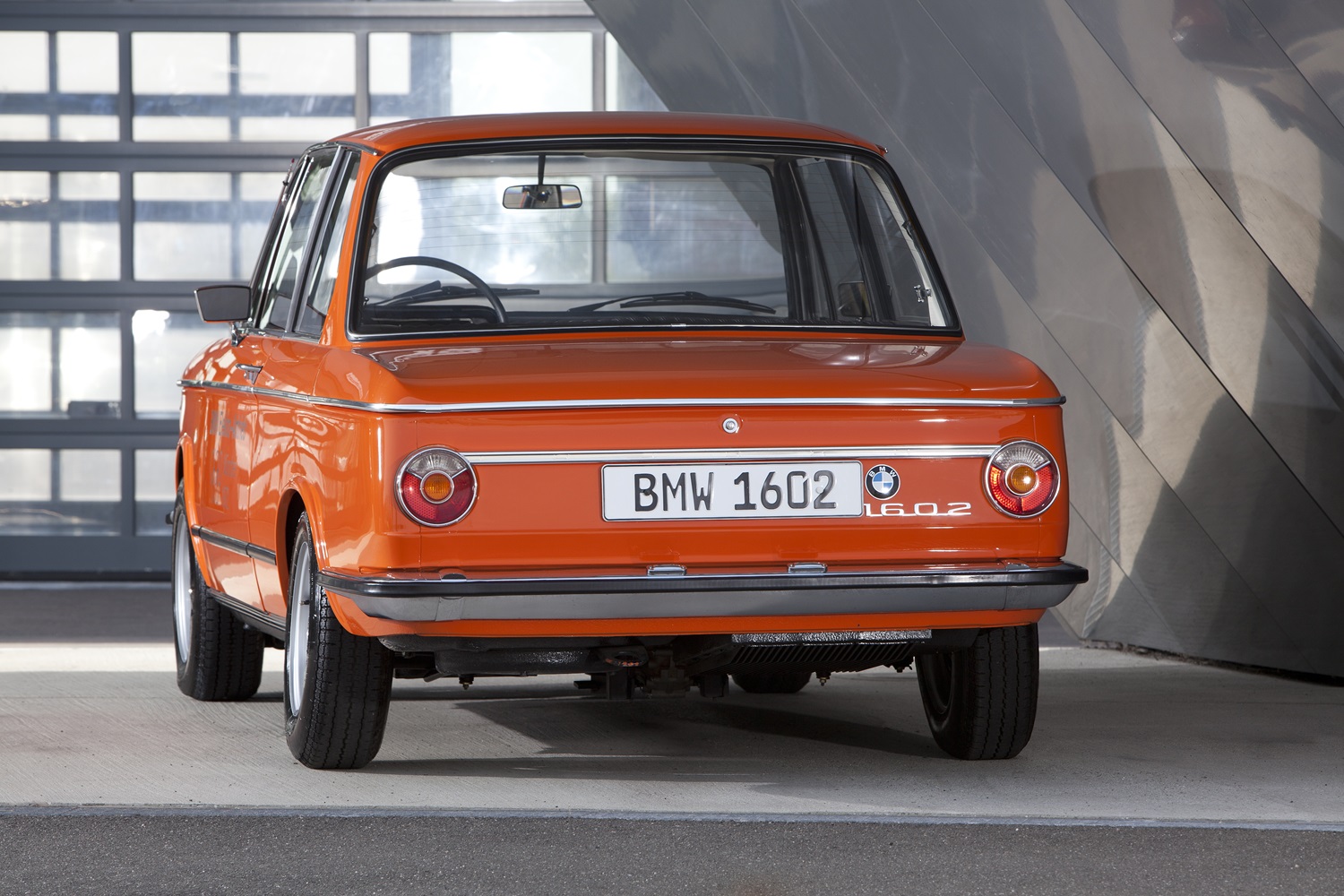 BMW 1602 Electric
BMW 1602 Electric
Powering the Prototype
A Bosch DC shunt-wound electric motor, positioned where the manual transmission typically resided, powered the electric 1602. Twelve 12-volt lead-acid batteries, totaling 12.6 kilowatt-hours (kWh), provided the energy. These batteries, mounted on a pallet, were a far cry from today’s sophisticated battery packs. Remarkably, even this early EV featured regenerative braking.
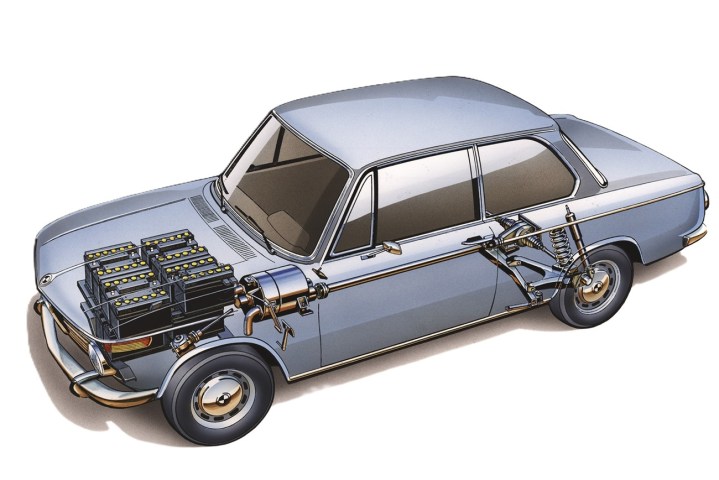 BMW 1602 Electric cutaway
BMW 1602 Electric cutaway
Performance and Limitations
The 770-pound battery pack significantly impacted the 1602’s performance. The car’s original weight was around 2,070 pounds. Acceleration to 31 mph took eight seconds, with a top speed of 62 mph. The limited range of 19 miles in city driving and up to 40 miles at a constant 31 mph highlighted the constraints of lead-acid battery technology. Charging times were so long that swapping batteries was more practical.
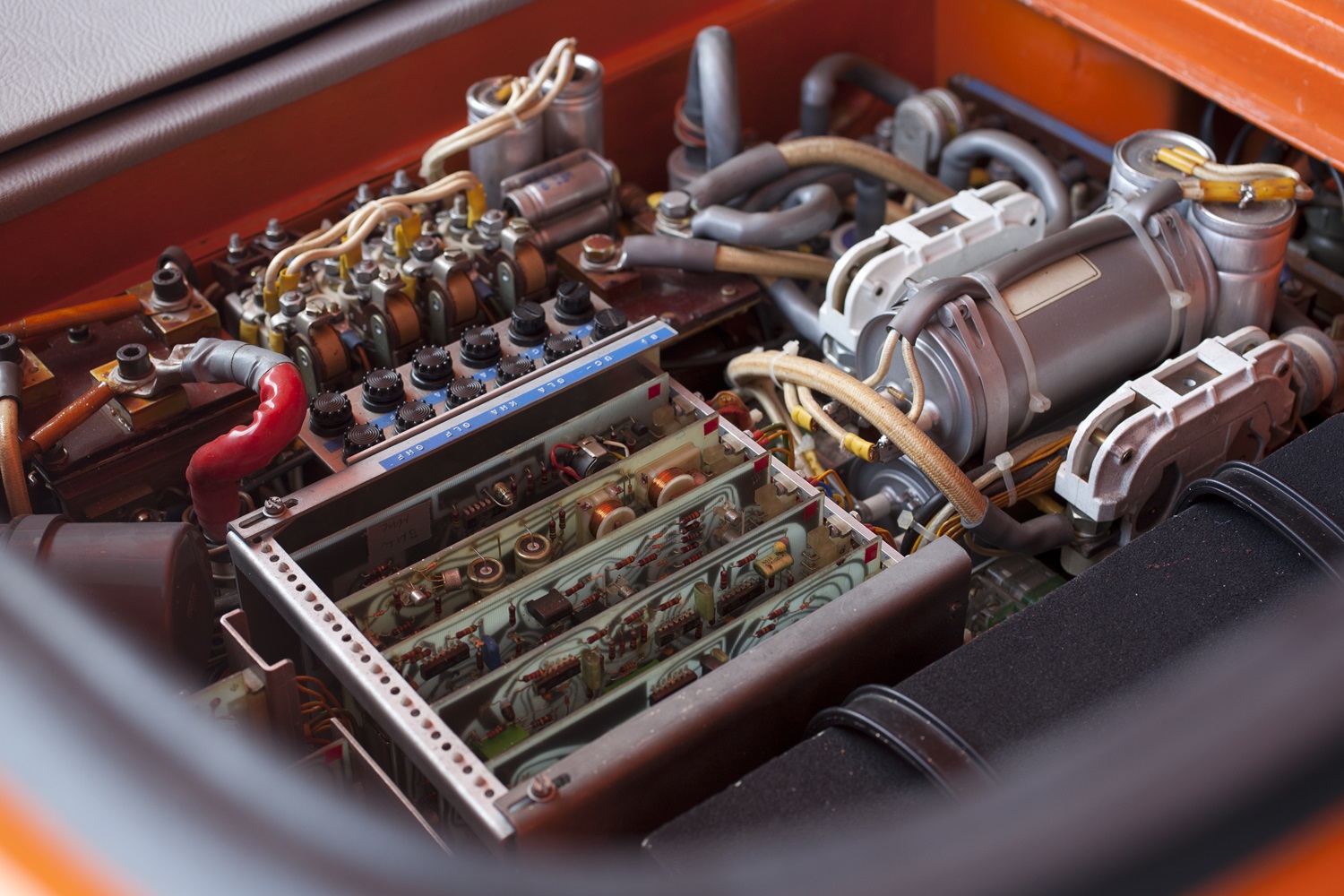 BMW 1602 Electric
BMW 1602 Electric
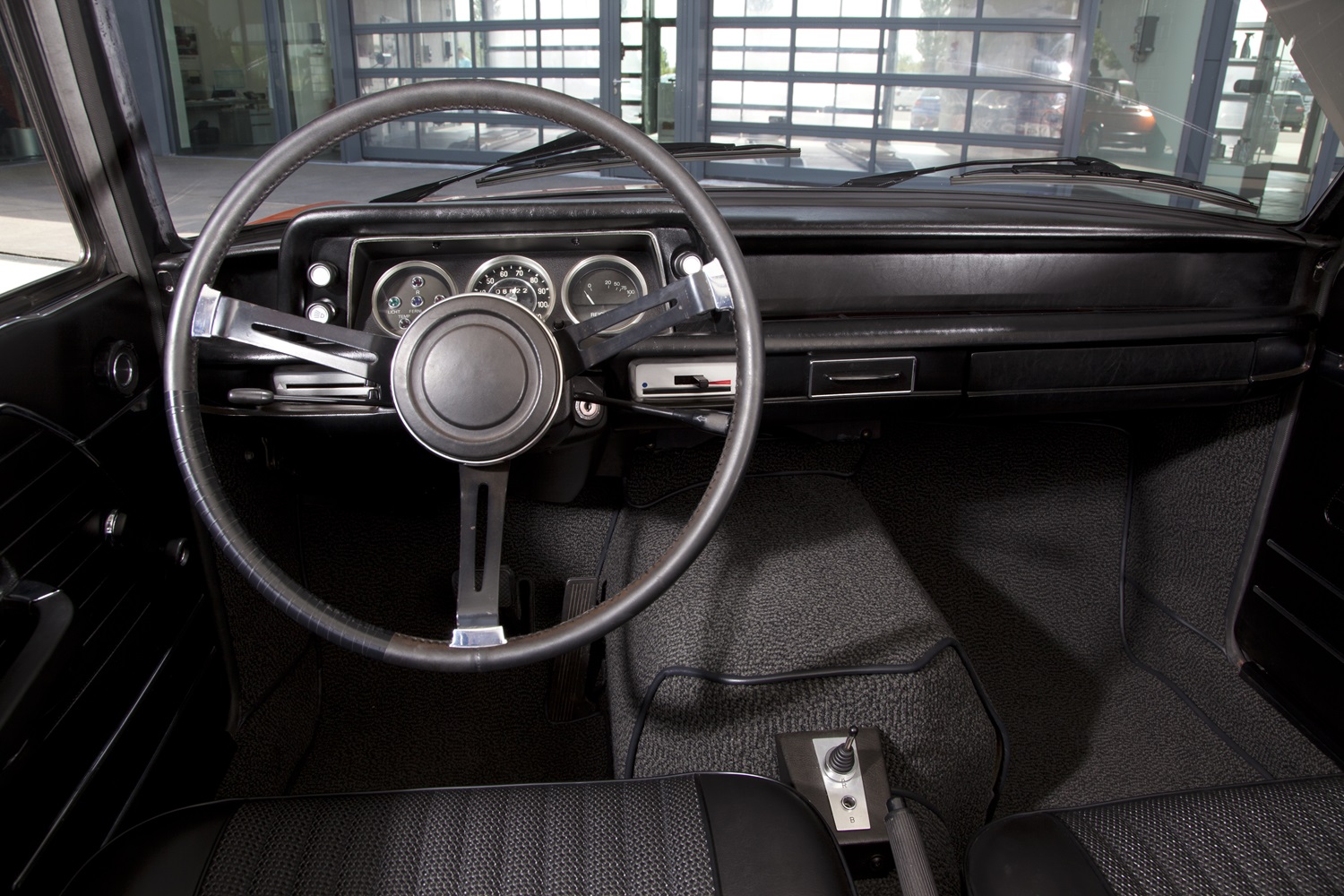 BMW 1602 Electric
BMW 1602 Electric
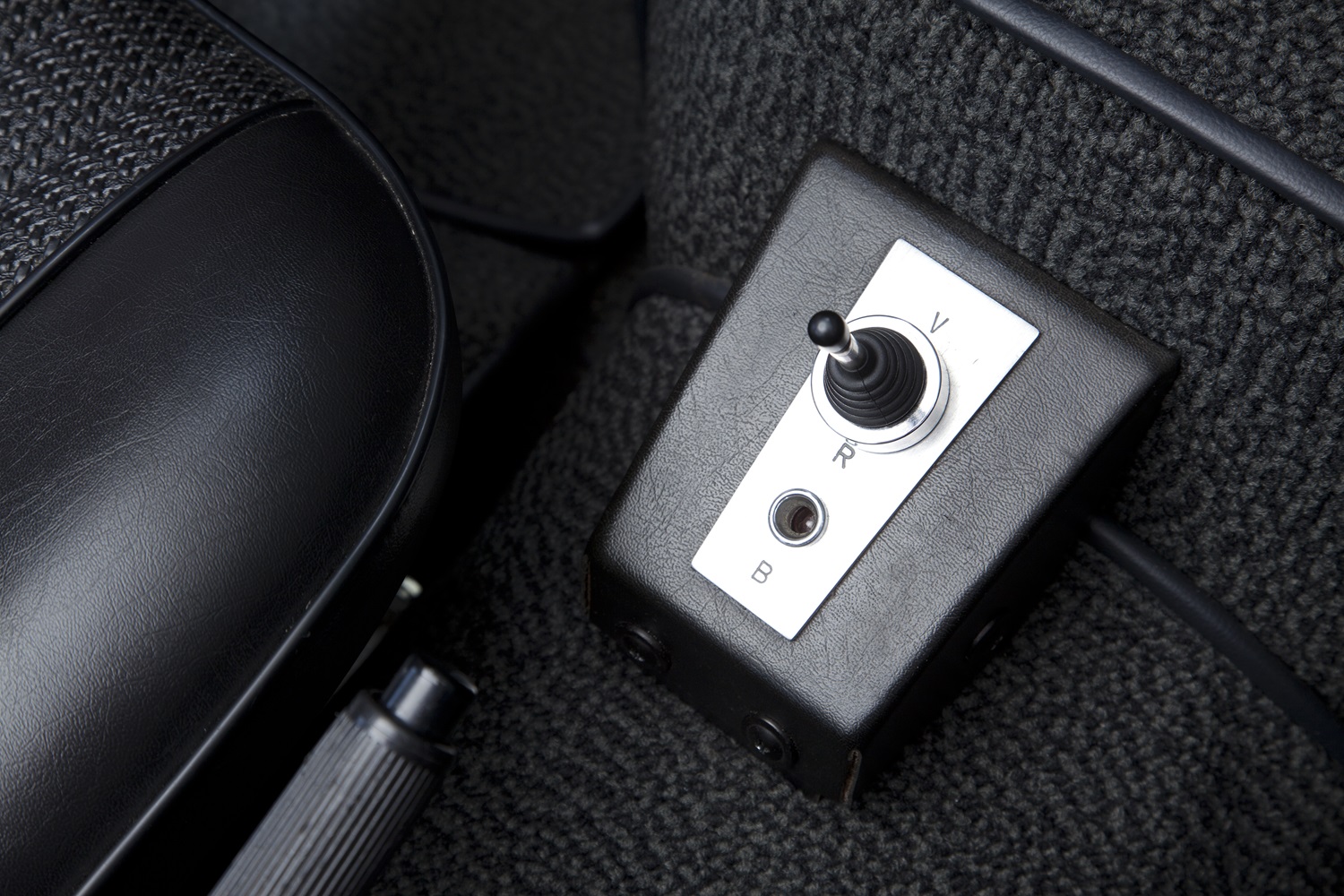 BMW 1602 Electric
BMW 1602 Electric
A Legacy of Innovation
Despite these limitations, the electric 1602 was a significant achievement, representing the cutting edge of EV technology in 1972. Two prototypes were built and used by the Olympic organizing committee. They also served as camera cars and support vehicles. Mass production was not feasible due to the experimental nature of the project. At least one prototype is preserved and occasionally displayed at the BMW museum.
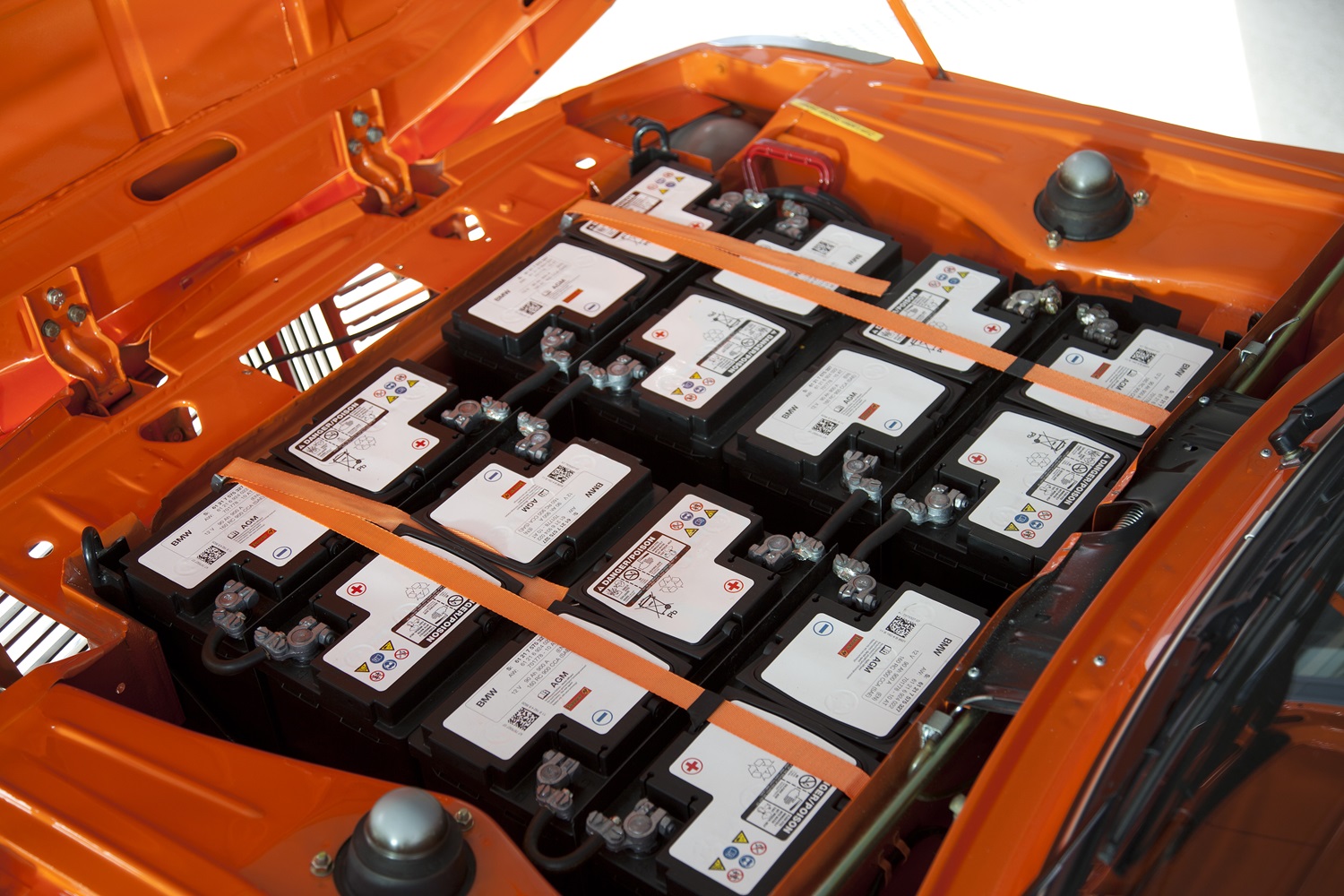 BMW 1602 Electric
BMW 1602 Electric
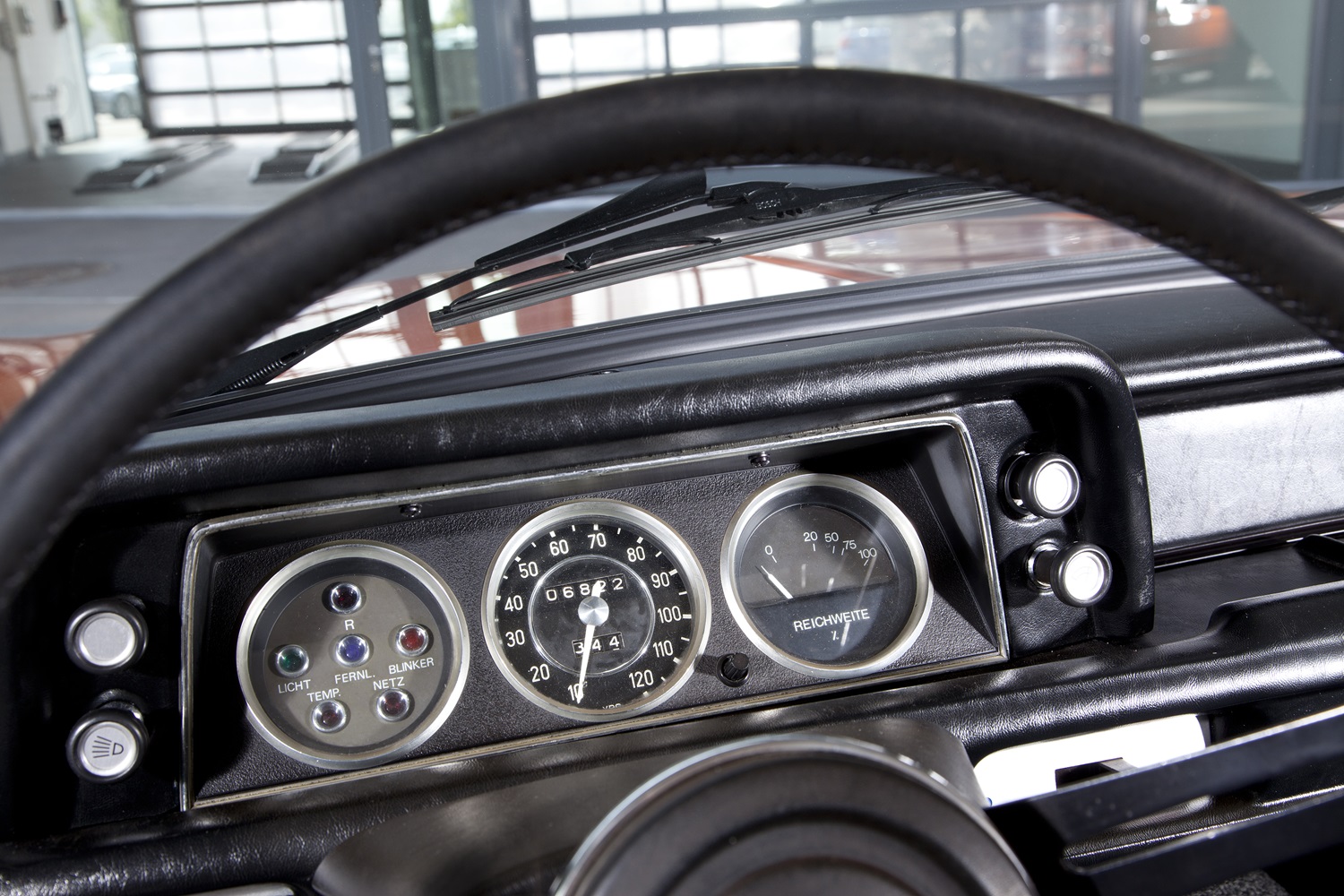 BMW 1602 Electric
BMW 1602 Electric
BMW continued to refine its electric technology throughout the 1970s and 1980s, building upon the 1602 project. A subsequent prototype, based on the LS model and powered by a DC-series motor and 10 lead-acid batteries, was developed in 1975. This model incorporated an automatic shutoff mechanism for charging, a feature considered groundbreaking at the time.
From Prototype to Production
The 1602 prototype set BMW on its path toward electrification. EV technology has advanced dramatically over the past five decades. The 2025 BMW i4, with up to 536 horsepower, a range of up to 277 miles, and a 0-60 mph time of 3.7 seconds, showcases the remarkable progress made since the 1972 Olympics.



